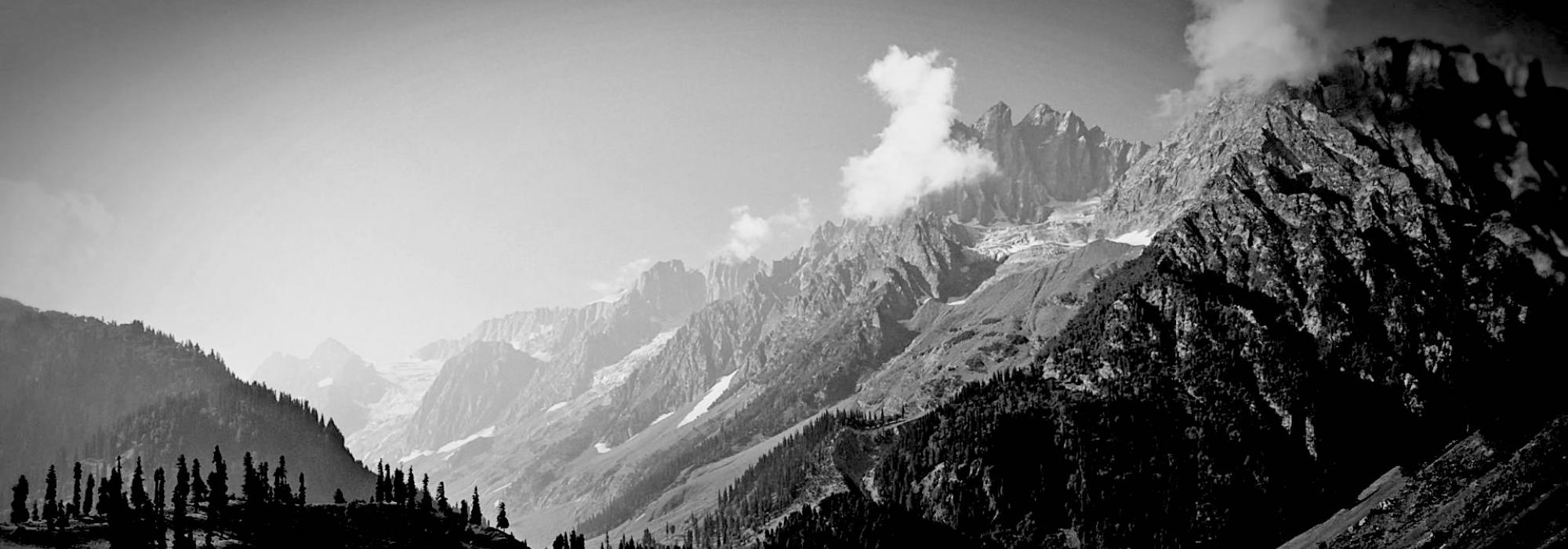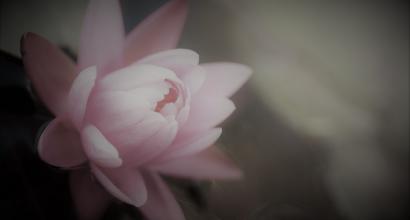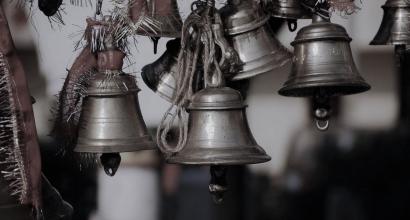Personality
Subrahmanya Shastry had a tall, sturdy, and handsome figure. He was radiant and could attract the onlooker’s attention even when he was in the middle of a few others. He was a living example for Kālidāsa’s statement - ākāra-sadṛśaḥ-prājñaḥ. He wore vibhūti on his between his eye-brows forehead in the mornings and a large horizontal sādu rest of time. His personality was such that people walking on the streets or those who spotted him in an assembly would invariably feel like looking at him again and again. His very presence brought grandeur to any meeting. As soon as he stepped into a place, fragrance of his sublime being could be felt all around. People felt happy and proud that a person of his stature lived amidst then.
Shastry was extremely disciplined in his clothing as well. Though he was not attached to external attributes, he appeared clean and neat. Such discipline in clothing was also a way of showing one’s respect to the society, he felt. Whether it was during the day or the evening, Shastry wore clean clothes. Most of the times, he wore a full-sleeved shirt, with absolutely no wrinkles anywhere. He had it inserted in his kacce. He wore an open coat on top of it, a black cap on his head and held a cane stick in his hand. A cane stick that DVG had presented to Shastry came to his service for long years. If he had to step out without the coat and cap, he invariably had an uttarīya with a short, narrow border.
In sum, Shastry’s internal purity reflected in his external appearance too.
Shastry’s taste for life and clothing extended to his preference for high quality nasya too. V Si has beautifully captured it in one of the pen portraits he has written about Subrahmanya Shastry. This habit of consuming nasya was probably a ‘gift’ from Govindayya’s shop - ‘Vājapeyam University’ as DVG called it.
There are only a few who can appreciate the manner in which Shastry fine-tuned nasya-beads. He was specific that a certain variety of butter, pacca-karpūra and suṇṇa for Channapattana should be used for the purpose. When he put these ingredients on his palm, added nasya on top of it and started rubbing them together, time itself would appear to be frozen. By the time the entire process was over, hands would have turned empty – absolutely nothing left. What was prepared in this manner was to be distributed in the form of small beads. Even people like D.V.G, Rallapalli, V Si and others who had no habit of consuming the nasya were amazed by this process and would put one such tiny tablet into their nostrils.
Because of this skill that he possessed, he was welcomed with great respect in the shops which specialised in the preparation of nasya, like those in the Akkipete. The shop owner would get him seated on a special chair and provide him with a high quality of nasya, which was not made available to the other customers. When Shastry was about to take leave, the shop owner would get up and bid him farewell with great respect.
Shastry did not find any use for powdered nasya. Whenever his stock of uṇḍe-nasya (nasya that comes in the form of beads/tablets) got over, he would ask K.S. Narasimha Swamy or someone else – “What else can I do? You have that box of dust with you right? Please pass on that to me, for a bit”.
Shastry made sure that not even a particle of the nasya fell on to his clothes whenever he inhaled it. He usually carried a handkerchief to clean his nose. At other times, when people saw him, they could hardly tell that he had an addiction for nasya. He was that clean. (I had to mention this because there are others who are addicted to nasya, and can shock anyone who comes in their vicinity. Shastry was not someone of that kind).
At home, they followed a pristine vaidika-paramparā. Someone would be performing sandhyāvandana at one corner and someone else would be involved in devatārcanā at the other. At almost all times of the day, the house would be filled with students from the Saṃskṛta-pāṭhaśālā. Even if they missed meals elsewhere, they could be sure of getting their meals at Shastry’s house. On special occasions such as festivals, it was a rule of the household that such students should also have their abhyañjana- ritual bath at Shastry’s house. In fact, these students had much more freedom in his house than the boys who actually belonged to the family. It was an undeclared rule that the students had to be fed well, even if the family members had to compromise a bit in their share.
Absolute Satisfaction
It is an amazing fact to see the manner in which Shastry had accomplished so much at such a young age. He did it with great courage. He often travelled for one programme or the other. Not many of these were really financially helpful for him. He only earned enough to take care of his travel expenses.
People who saw Shastry could never tell that he was facing some financial difficulty. He believed that one should hide all troubles within themselves and only spread sweetness and joy around.
Shastry was getting a sum of five rupees from the Royal palace as he was recognised as the ‘Āsthāna-vidvān’. In August 1946, there was an increment and the amount rose to six rupees. Back then, more than the remuneration, it was the title of ‘Āsthāna-vidvān’ that brought people a lot of respect. The Palace had also fixed an honorarium of three rupees for the translation of a hundred ślokas of the Skānda-mahāpurāṇa.
I mention this not as a manner of criticism but only to indicate the situation back then. Others who worked for the series of books published by the palace too were remunerated in a similar manner. Subrahmanya Shastry was not in a state where he could reject even a meagre honorarium. He however, wanted activities that can benefit the masses and did not mind his own penury. In fact, there was no one else who could donate generously for a scholarly work. Even this amount of remuneration was hard to be found, especially for traditional scholars and the number of people who encouraged printing and publishing of the works of such scholars was even lesser. We will need to be grateful to the royalty and to the scholars of the past for having worked so diligently and providing us with such great material. The scholars hardly cared for their financial health.
Subrahmanya Shastry was not only a conscious connoisseur of arts but was also a person with a balanced mind. Perhaps, it was his philosophical bent of view which always was the backdrop to his fine qualities. He had an ever-content mind.
To be continued...
The current article is an English adaptation of the Kannada original by Nadoja Dr. S R Ramaswamy. Full form of the article is a part of 'A Tapestry of Pen Portraits' published by Prekshaa Pratishtana in December 2020. The original monography by the author was published by Mysore Mulakanadu Sabha, 2001











































